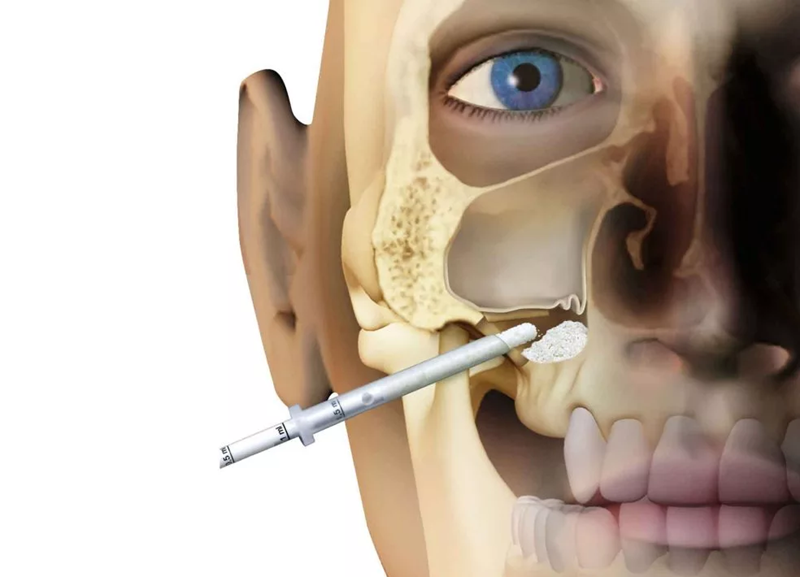Dental sinus lifting, also known as maxillary sinus floor augmentation or sinus elevation surgery, is a surgical procedure used to increase the amount of bone in the upper jaw in order to support the placement of dental implants.
The maxillary sinuses are air-filled spaces located behind the cheeks and above the upper teeth. In some cases, the sinuses may be too close to the upper jaw, which can make it difficult to place dental implants in the area. Sinus lifting surgery involves adding bone to the floor of the sinus to create enough space for the implants to be placed.
During the procedure, the sinus membrane is lifted, and bone graft material is placed into the space created between the jaw and the sinus. The bone graft material may be taken from the patient’s own body, such as from the hip or the jaw, or it may be a synthetic material. Over time, the bone graft material will fuse with the existing bone in the jaw, creating a strong foundation for the dental implant.
Sinus lifting surgery is typically performed by an oral surgeon or a periodontist, and is usually done under local anesthesia with sedation. After the procedure, patients may experience some swelling, bruising, and discomfort, which can be managed with pain medication and ice packs. It is important for patients to follow their dentist’s instructions carefully to ensure proper healing and to minimize the risk of complications.

